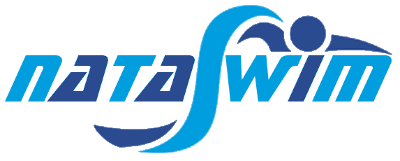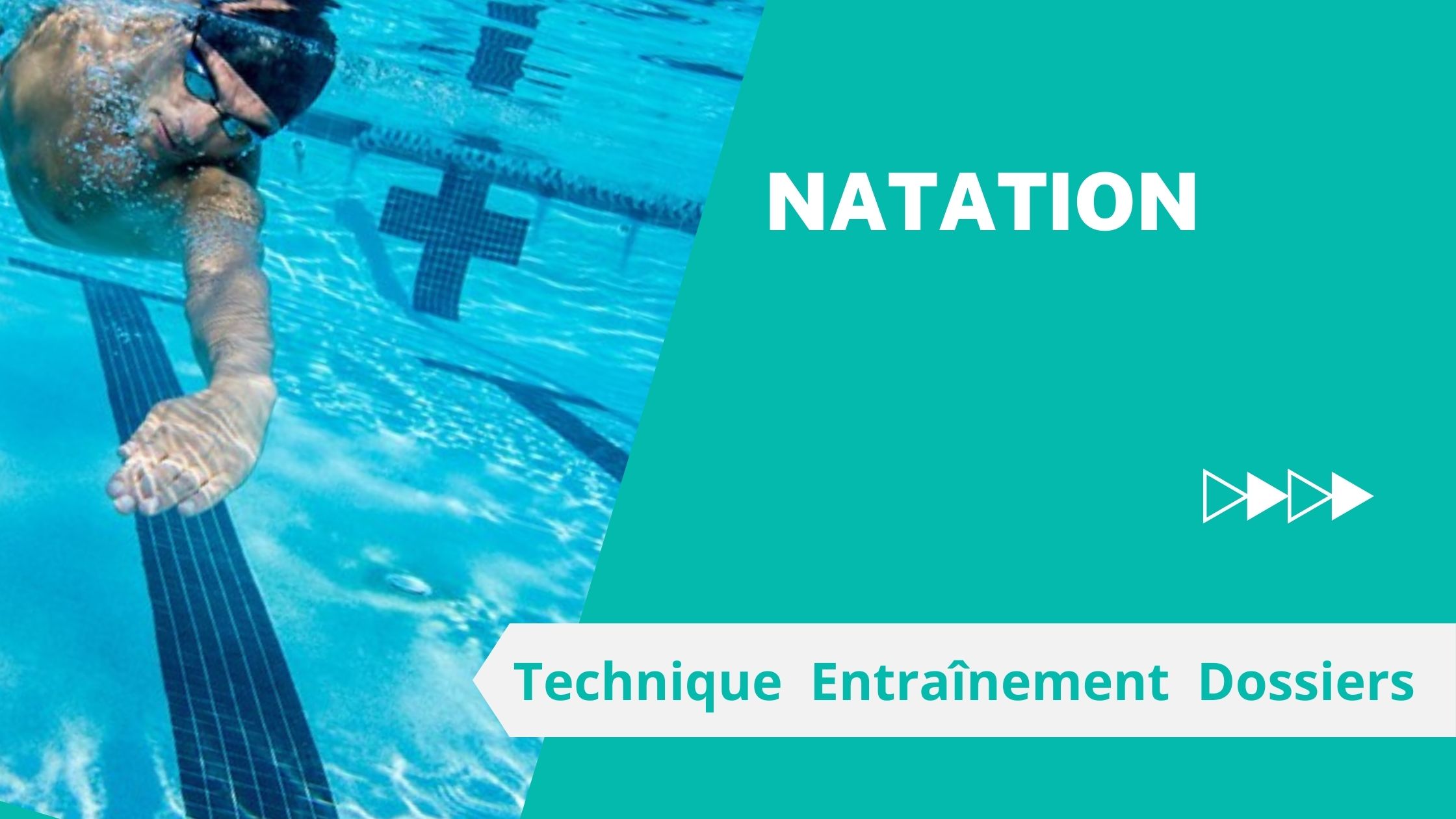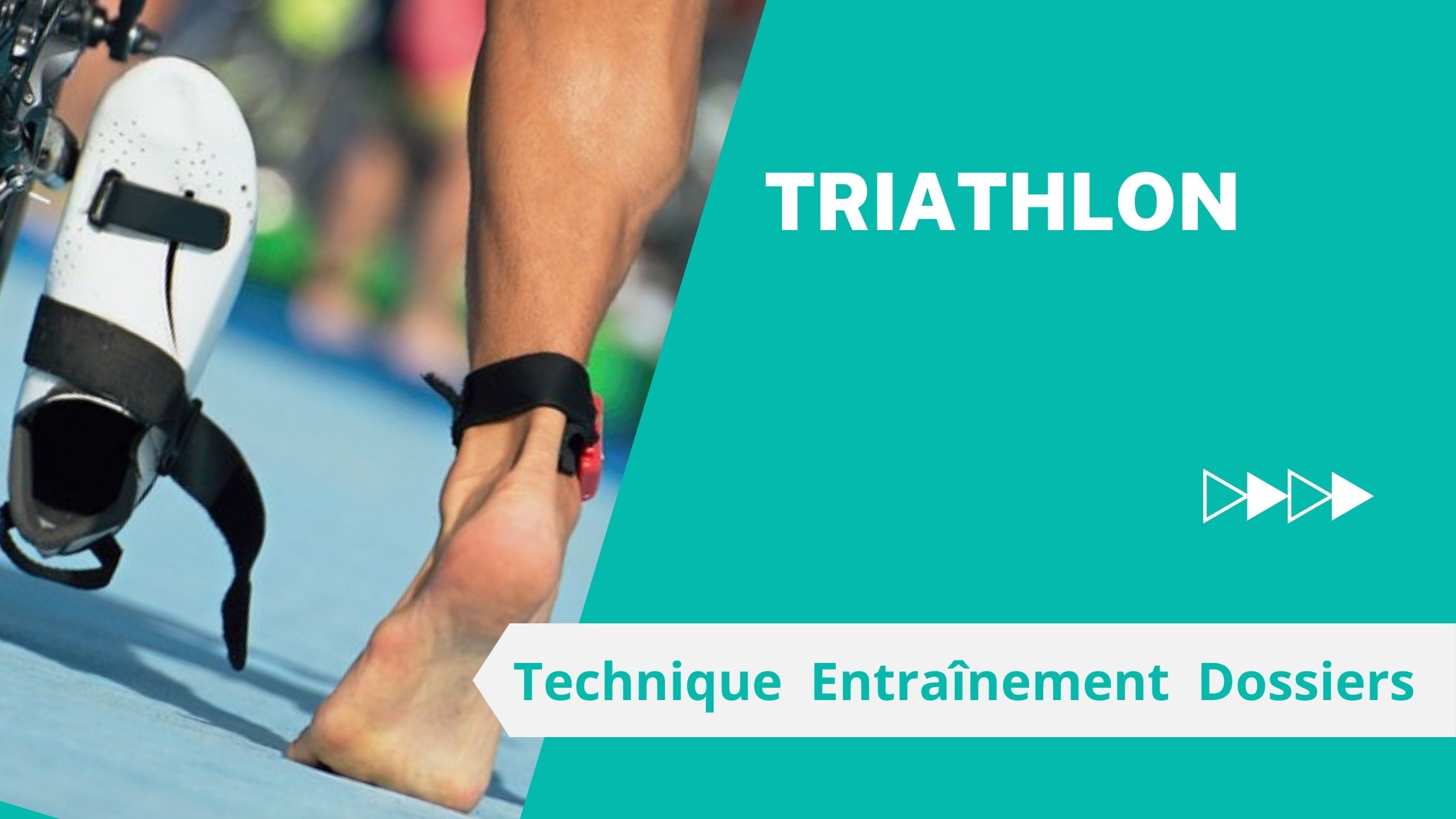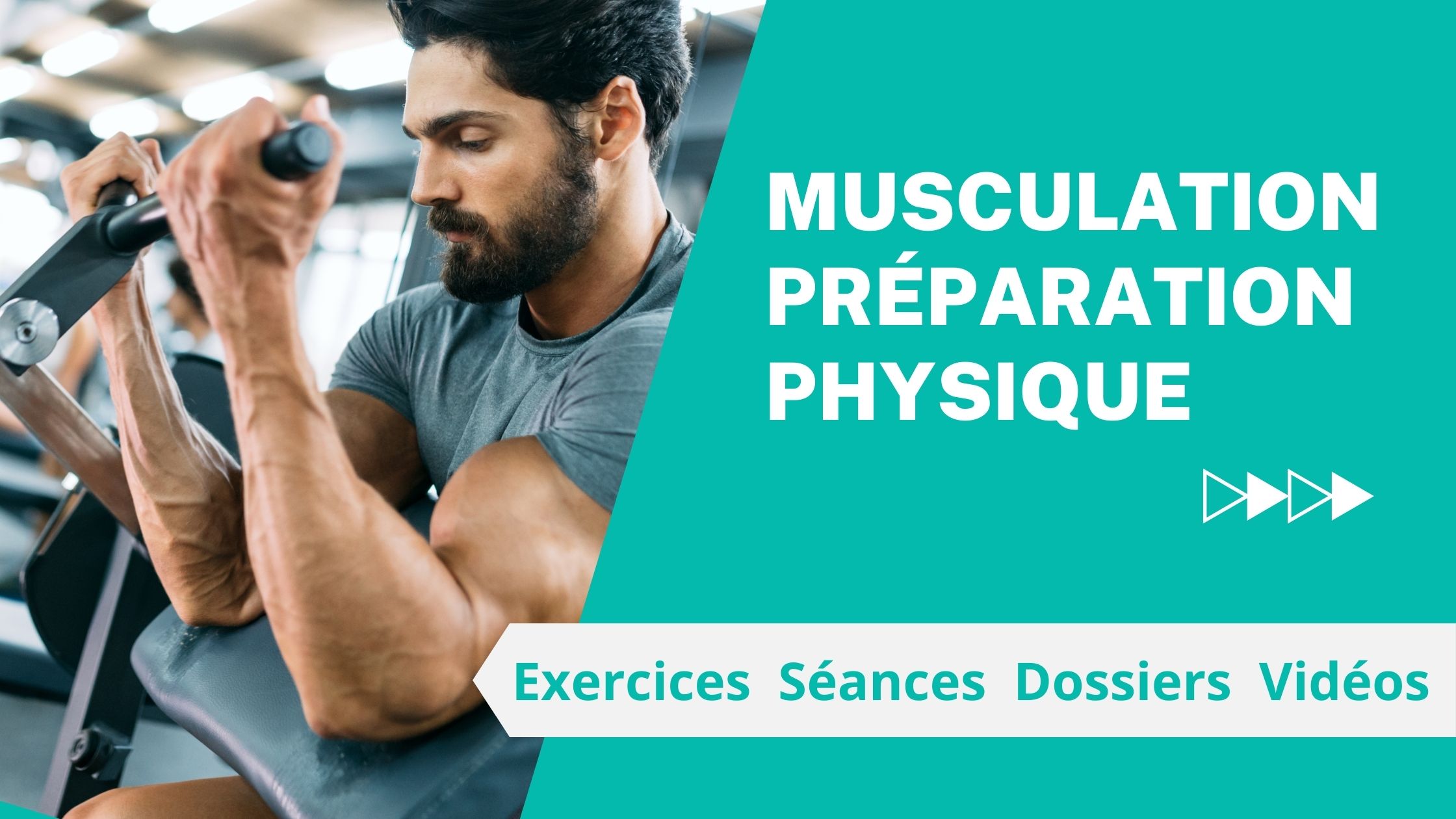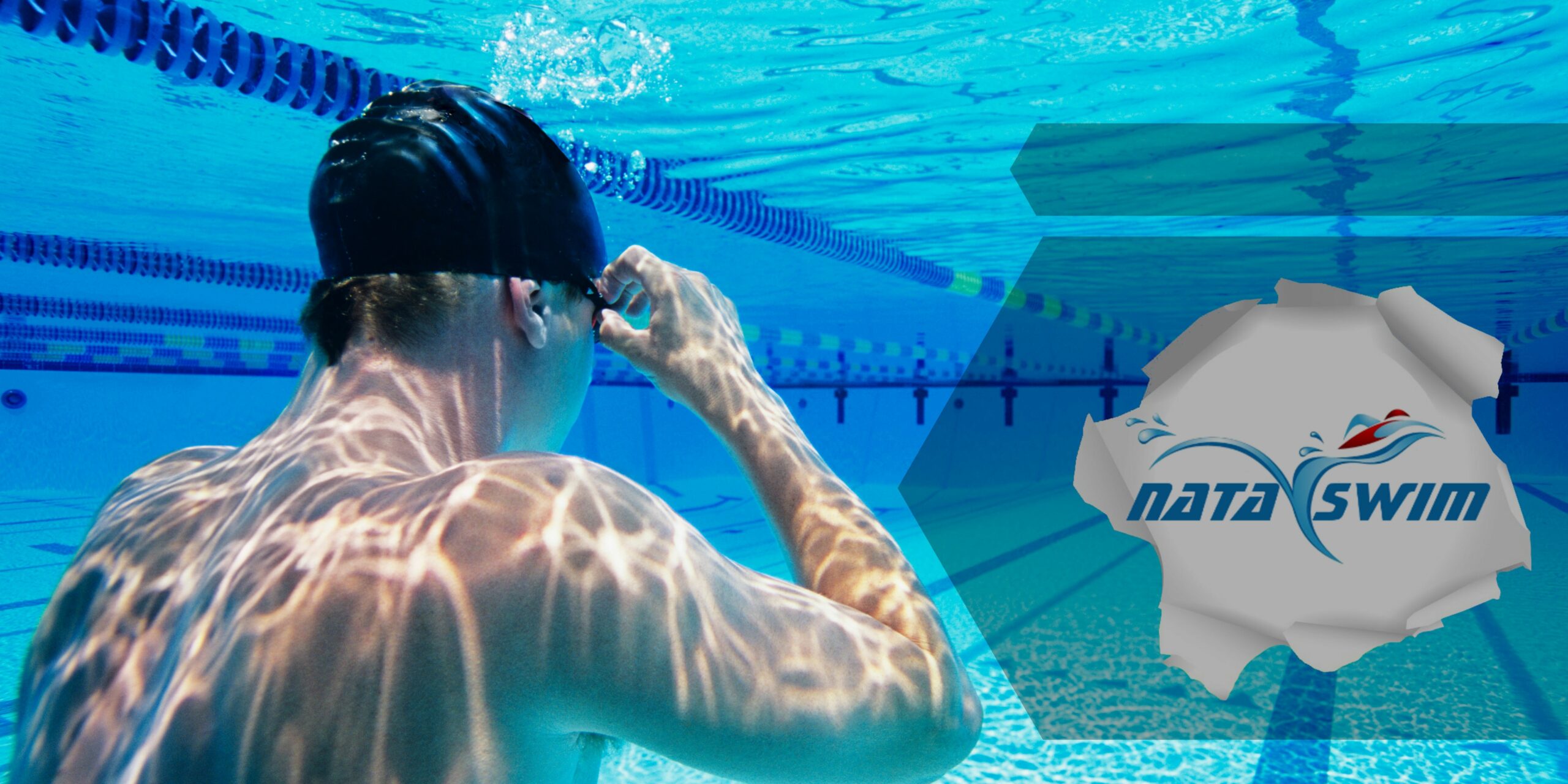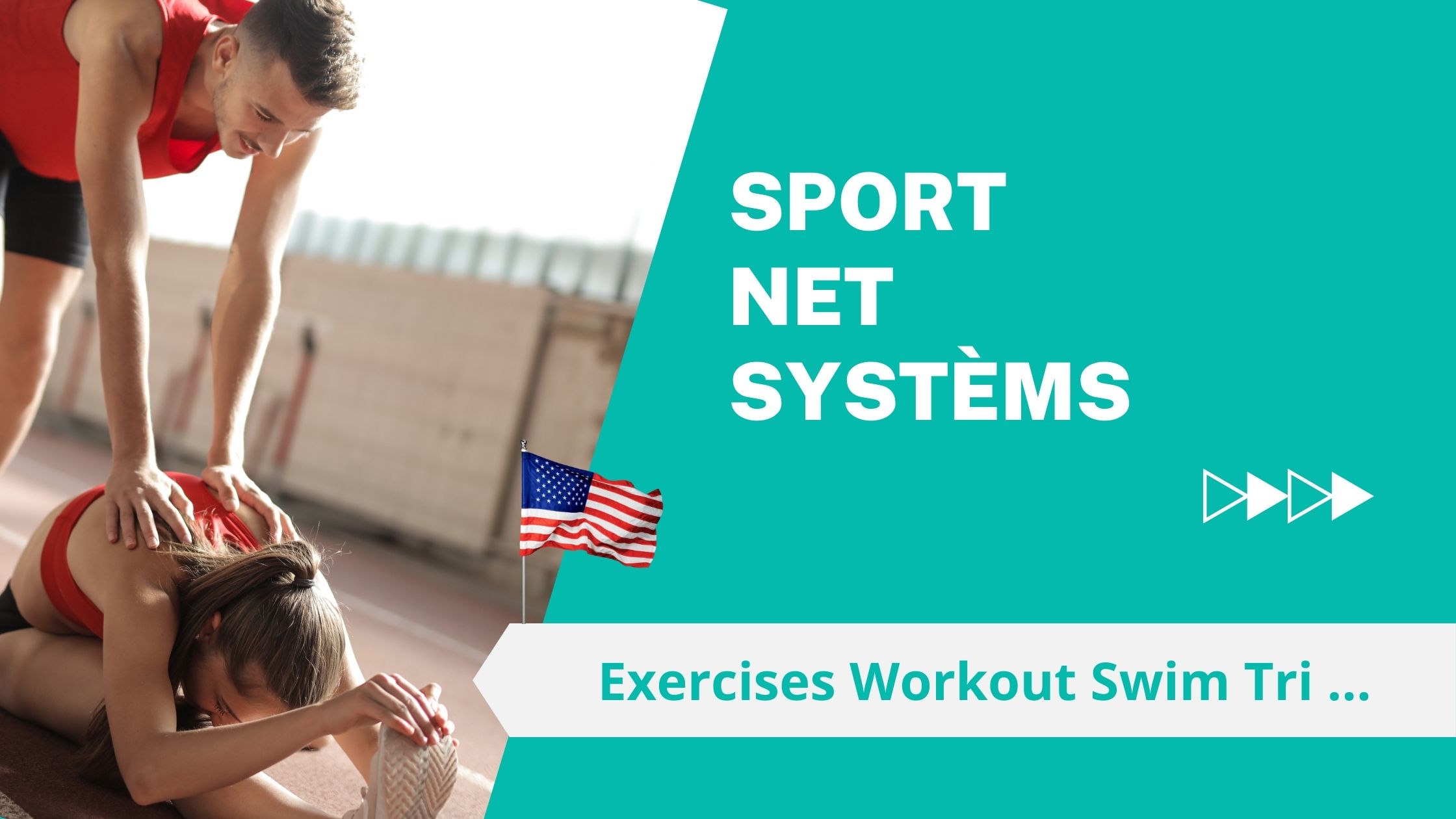Swimming has been a part of the human experience throughout history. Little is known about the methods used by early civilizations to acquire swimming skills, but swimming is depicted in Egyptian and Assyrian art dating back to 2000 B.C. Probably originally learned...
Swimming Online Coaching Resources
Swimming | butterfly Drills | Teaching and coaching
Butterfly : - BODY POSITION Taking a Bow Weight Shifting Butterfly : - KICK DRILLS Ribbon Writing Deep to Shallow Dolphin Dolphin Dives Vertical Dolphin Back Dolphin Butterfly : - ARM STROKE Pitch to Press Sweeping Question Marks One-arm Butterfly Left Arm, Right Arm,...
Swimming | Freestyle Drills | Teaching and coaching
Freestyle : - BODY POSITION Downhill Float Log Roll welve Kick Switch Freestyle : - KICK DRILLS Toe Point Drill Floppy Foot Drill Vertical Kicking Sequence Single Leg Kicking Freestyle : - ARM STROKE DRILLS Pull/Push Freestyle Catch Up All Thumbs Drill Sculling...
Swimming | butterfly Drills | Teaching and coaching
Butterfly : - BODY POSITION Taking a Bow Weight Shifting Butterfly : - KICK DRILLS Ribbon Writing Deep to Shallow Dolphin Dolphin Dives Vertical Dolphin Back Dolphin Butterfly : - ARM STROKE Pitch to Press Sweeping Question Marks One-arm Butterfly Left Arm, Right Arm,...
Swimming | Freestyle Drills | Teaching and coaching
Freestyle : - BODY POSITION Downhill Float Log Roll welve Kick Switch Freestyle : - KICK DRILLS Toe Point Drill Floppy Foot Drill Vertical Kicking Sequence Single Leg Kicking Freestyle : - ARM STROKE DRILLS Pull/Push Freestyle Catch Up All Thumbs Drill Sculling...
Swimming | Backstroke Drills | Teaching and coaching
Backstroke : - BODY POSITION Float on Spine Water-Line Drill Twelve Kick Switch Backstroke Backstroke : - KICK Boiling Water Drill No Knees Streamline Kick Pigeontoed Kicking Quarter Roll with Cup on Forehead Backstroke : - ARM STROKE One Arm...
Swimming | Backstroke Drills | Teaching and coaching
Backstroke : - BODY POSITION Float on Spine Water-Line Drill Twelve Kick Switch Backstroke Backstroke : - KICK Boiling Water Drill No Knees Streamline Kick Pigeontoed Kicking Quarter Roll with Cup on Forehead Backstroke : - ARM STROKE One Arm...
Swimming | Breaststroke Drills | Teaching and coaching
Breaststroke : - BODY POSITION Streamline Rocking Drill Breaststroke : - KICK DRILLS Duck Feet Kick on Your Back Vertical Breaststroke Kick Heads Up Breaststroke Kick Breaststroke : - ARM STROKE DRILLS 3D Breaststroke Arms Breaststroke Sculling Half-stroke...
Swimming | Breaststroke Drills | Teaching and coaching
Breaststroke : - BODY POSITION Streamline Rocking Drill Breaststroke : - KICK DRILLS Duck Feet Kick on Your Back Vertical Breaststroke Kick Heads Up Breaststroke Kick Breaststroke : - ARM STROKE DRILLS 3D Breaststroke Arms Breaststroke Sculling Half-stroke...
Swimming : – breaststroke coordination drills
Of all four competitive strokes, breaststroke requires the most precise coordination to overcome the inherent drag in the stroke, in order to produce good forward motion. By correctly sequencing and balancing the actions of the arm stroke, breathing, kick and glide,...
Competition analysis swimming
Over the pasl 10 years. the factors that contribute ta swimming successlully at top national and international competitions have been analyzed by leading sports scientists such as Dr Bruce Masan of Ihe Australien Instilule of Sport. Competilion analysis breaks down...
Recovery swimming
Recovery or off-season The main features of this phase are maintaining an active approach with at least three low- to moderateintensity aerobic swims completed each week, specialized programs to target weaknesses in individual fitness profiles, and dietary control...
Championship season swimming
The championship season is all about competitive performance rather than responses to training. Estimates of progression and variability of performance in competitions are useful for coaches, swimmers, and researchers interested in factors affecting performance...
Tapering swimming
The tapering strategy used by many swimmers to optimize competition performance has been defined as "a progressive non-linear reduction of the training load during a variable period of time, in an attempt to reduce the physiological and psychological stress of daily...
Early season swimming
The main features of the early-season phase are a modest training volume to start, small 5-10 km increases in volume per week, low initial training intensity, and dry-land conditioning including flexibility, circuits, weight training, and other games and activities,...
Preseason swimming
Preseason training commences from the low base of fitness maintained during the off-season. Swimmers typically start the preseason phase with a single session per day and gradually increase the number of sessions over the first few weeks. A graded increase sees the...
training and testing of competitive swimmers
Two of the most common features of training programs of swimmers competitive are the periodization of training volume and intensity and the transition from training to racing. A periodized training and tapering program is based on the principle of...
Swimming : – breaststroke leverage drills
Improvements in breaststroke across the board, over the past twenty years, are largely due to rule changes that allow better use of leverage and the elimination of drag. By producing an integrated rocking motion between the head and legs, with the hips as stable as...
Swimming : – breaststroke breathing drills
The forward breathing style of the breaststroke makes the head position a factor in maintaining the forward line of the stroke. In addition, the timing of the breathing is crucial in reducing drag during the power phase of the stroke. Incorrectly timed, the breathing...
Swimming : – breaststroke recovery drills
Breaststroke is the only stroke with a recovery that passes through the water rather than over it, leading to the potential for a great deal of drag. To overcome this drag, the breaststroke recovery must be an active part of the stroke, rather than a resting phase, as...
Swimming : – breaststroke arm stroke drills
In an effort to overcome drag, and increase forward motion, the breaststroke arm stroke has evolved immensely over time. While it has remained a simultaneous stroke, many theories about what the arms do have been developed. The arm stroke has been described as a...
Swimming : – breaststroke kick drills
Unlike other strokes, the kick in the breaststroke produces more forward motion than the arm stroke. It also has a great deal of potential drag. It is a unique kick that uses rounded, lateral and completely splashless leg motion, where the soles of the feet push the...
Swimming : – breaststroke body position drills
Because drag is an inherent part of the breaststroke, achieving excellent body position is essential in maximizing the forward motion of the stroke. Like freestyle and backstroke, the core is the center of power, but in breaststroke, there is no side-to-side roll,...
Swimming : – backstroke coordination drills
Coordinated backstroke unifies the individual actions of the stroke into a seamless effort forward. With each part working together, the backstroke becomes easier, smoother, and more comfortable, as well as more productive. The goal of the following coordination...
Swimming : – backstroke leverage drills
Leverage in the backstroke adds potential power to the stroke, increases the range of motion at the beginning of the stroke, and enables the swimmer to sustain the stroke longer. It is achieved similar to freestyle, through the side to side rolling action of a unified...
Swimming : – backstroke breathing drills
Without your face in the water, it would seem that breathing drills for backstroke are a low priority. The opposite is true. Because rhythmic breathing is an essential part of sustaining any swimming stroke, learning to develop a good breathing rhythm in the...
Swimming : – backstroke recovery drills
The opposition timing of the backstroke makes the arm stroke recovery an active part of the stroke. While resting the muscles of the arm, the recovering arm must serve as a counterbalance to the stroking arm. Accomplishing this requires the recovering arm to be...
Swimming : – backstroke arm stroke drills
Of the many misconceptions about the backstroke arm stroke, the most common is that the arms remain straight throughout the stroke, like a windmill. A straight arm stroke is often associated with shoulder problems. It is also difficult, like trying to lift yourself...
Swimming : – backstroke kick drills
An effective flutter kick is a significant part of an efficient backstroke. Although similar in its alternating motion to the flutter kick of freestyle, there are certain distinctions. Kicking well on the back requires employing leg muscles differently than humans...
Swimming : – backstroke body position drills
Learning to float well on the back is the first step in being comfortable with the backstroke. Good spinal alignment and core tension not only improve comfort on the back, but can also contribute to an effective backstroke. The goal of the following drills for...
Swimming : – Butterfly coordination drills
A well-coordinated butterfly is a thing of beauty. The swimmer appears to move effortlessly through the water. Truly, a successful butterfly is less a matter of strength, and more a matter of a coordinated sequence of stroke actions. When the body position, dolphin...
Swimming : – Butterfly leverage drills
Leverage makes the butterfly work. Using it is necessary to perpetuate the forward momentum of the stroke for any length of time. While the whole body, from the hands through to the feet works as a lever, high hips are crucial to benefiting from its effects. Leverage...
Swimming : – Butterfly breathing drills
Breathing in the butterfly happens within the line of the stroke, so that the swimmer inhales when the upper body is naturally at its highest point, and finishes when the upper body regains its downhill position. Timed correctly, no independent head action is required...
Swimming : – Butterfly recovery drills
The butterfly uses a simultaneous arm recovery over the surface of the water. It is this characteristic spread wing position that makes the butterfly such a favorite photo opportunity. It is important to use a relaxed recovery, however, variations in flexibility make...
Swimming : – Butterfly arm stroke drills
The path of the butterfly underwater arm stroke is similar to the freestyle arm stroke, only it is done with both arms simultaneously. It is an extremely powerful arm stroke, and for a short distance can rival the freestyle in speed. However, because it is just not as...
Swimming : – Butterfly kick drills
The butterfly uses the dolphin kick, where the legs move up and down simultaneously resembling the action of a dolphin's tail. In fact it is more than a leg motion. It is an entire body motion. It is more accurately called simply the dolphin. Done right it is one of...
Swimming : – Butterfly body position drills
The best butterfliers combine grace and power in what seems like effortless forward motion. The primary point of technique that these butterfliers share is good body position. While the line of the stroke is characterized by a wave or rocking motion, it is a stable,...
Swimming : – Freestyle coordination drills
There are many elements of the stroke technique that make up freestyle work in combination to produce coordinated forward motion. Each element affects another, together contributing to a unified, productive freestyle. The goal of the following coordination drills is...
Swimming : – Freestyle leverage drills
Using leverage gives freestlyers an advantage. Instead of swimming flat, and depending on the small muscles of the arm, swimmers can use the body to roll into and out of each stroke. Doing so accesses more power from the core. By engaging the large muscles of the core...
Swimming : – Freestyle breathing drills
Integrating the act of breathing into the stroke is a challenge. By timing the breath to the natural roll of the stroke, a swimmer can breathe rhythmically while continuing the forward line of the stroke. The goal of the following freestyle breathing drills is to...
Swimming : – Freestyle recovery drills
Although there are many effective styles of freestyle recovery, they all have common aspects of technique. They all release the water. Each balances the stroking arm. All of them use a relaxed hand that is higher than the shoulder. The goal of the following freestyle...
Swimming : – Freestyle arm stroke drills
With the long, sweeping, alternating arm action of the freestyle stroke, humans are capable of producing the most potential speed of all the strokes. To develop an efficient freestyle, the swimmer must be concerned with three things. First, achieving correct alignment...
Swimming : – Freestyle kick drills
A productive flutter kick is part of a good freestyle. It provides constant momentum, and counterbalance to the arm stroke. Because the legs require a disproportionate amount of energy, developing a relaxed, sustainable kick is important. The goal of the following...
Swimming : – Freestyle body position drills
An efficient freestyle is built on good body position. The way we float in the water is affected by our core tension. For a better freestyle, we must learn to shift weight forward, and achieve a downhill floating position. The goal of the following drills for body...
Swimming : – Using drills
WHEN TO USE DRILLS : -Because swimming drills are one of a swimmer's best tools for practicing toward efficient swimming, they should be included in every swim session. They can be done as a part of warm-up to establish a foundation for the rest of the practice. They...
Types of swimming drills
Swimming is a complex sequence of actions. Like driving, playing guitar, or typing, multiple crucial actions are performed at once, or in tight succession. Correct technique is necessary or the result is unsatisfactory. Certain types of drills are very successful for...
Swimming :New platform Is no chip off the old starting block
Olympic swimmers don't just dive into the pool like the rest of us. They start on a block called, appropriately enough, a starting block. London will see the Olympic debut of a track-style starting block with an inclined surface and a lip at the back. The blocks,...
why high-intensity training is more productive for swimmers than high-volume training
Traditional high-volume model of training will not optimise performance It is probably fair to say that most swimmers and swim coaches see the number of hours spent in the pool as the main ingredient of swimming success and distances of 6-10k per day are not uncommon...
The basics of technique for all strokes and specific training needs
The efficiency of your swimming stroke is the key to success as a competing or training swimmer. An efficient stroke will significantly reduce wasted energy output through less drag in the water and a cleaner execution of hand and arm entry and recovery. Thus that...
Methods to improve swimming speed
The science of swimming is extremely complicated, involving the interaction of propulsive forces from the swimmer’s arms and legs and the drag caused by water. However, by applying new research courtesy of fluid dynamics and supercomputers, every swimmer can swim...
Swimming freestyle
Freestyle As the hand enters into the water, the wrist and elbow follow and the arm is extended to the starting position of the propulsive phase. Upward rotation of the shoulder blade allows the swimmer to reach an elongated position in the water. From this elongated...
Swimming Butterfly
The primary difference between freestyle and butterfly is that the arms move in unison during butterfly whereas reciprocal movements take place with freestyle. Because butterfly and freestyle have the same underwater pull pattern, the muscle recruitment patterns are...
Swimming Backstroke
Although backstroke is unique in body positioning among the competitive strokes, the stroke phases can still be divided into a propulsive phase that consists of hand entry into the water, a catch component, a finishing component, and a recovery phase. Rotation at the...
Swimming Breaststroke
As with the other strokes the arm movements that take place during breaststroke are categorized as a propulsive phase and a recovery phase. The propulsive phase begins with the shoulders and arms in an elongated overhead position. The first half of the underwater pull...
swimming Sprint ability Lactate Tolerance Aerobic power
Unless appropriate paces and intensities of work are prescribed for individuals, some swimmers may under-work while others will overwork. The task is to prescribe optimal training activities which involve the correct mix of aerobic endurance, aerobic power, lactate...
Swimming VO2max 400m 1500m
The usefulness of VO2 Max training has been a topic for a few years in the endurance sports world. At the elite athlete level, it is nearly impossible to train an improvement in VO2 Max, and it takes about 10 minutes of training for an athlete to achieve VO2 Max....
VO2max Swimming
The purpose of training programs in swimming is to produce metabolic, physiological and psychological changes that allow swimmers to perform better in competitions. In swimming, as well as in other sports, aerobic endurance is one of the most important components of...
The sport of swimming
Swimming is one of the oldest and basic motor skills of a human. Humans probably started to imitate animal movements (dog) to swim. There is a number of proofs which show how popular swimming was mainly in ancient Egypt, Greece and Rome. There are tens of proofs of...
Paddlers are more efficient than propellers
Recreational swimmers don't think too much about the precise arm motion that maximizes efficiency and power. Most are simply trying to stay afloat and moving. But elite freestyle swimmers like Kara Lynn Joyce or Michael Phelps have long pondered the ideal technique....
why swimming, cycling and running is not enough
{webplayer autoStart=true width=649 height=365 video=http://www.youtube.com/watch?v=cRosK4qAHU4 type=youtube} Triathlon may be the ultimate test of cardiovascular endurance, but triathletes who neglect musculoskeletal strength and...
